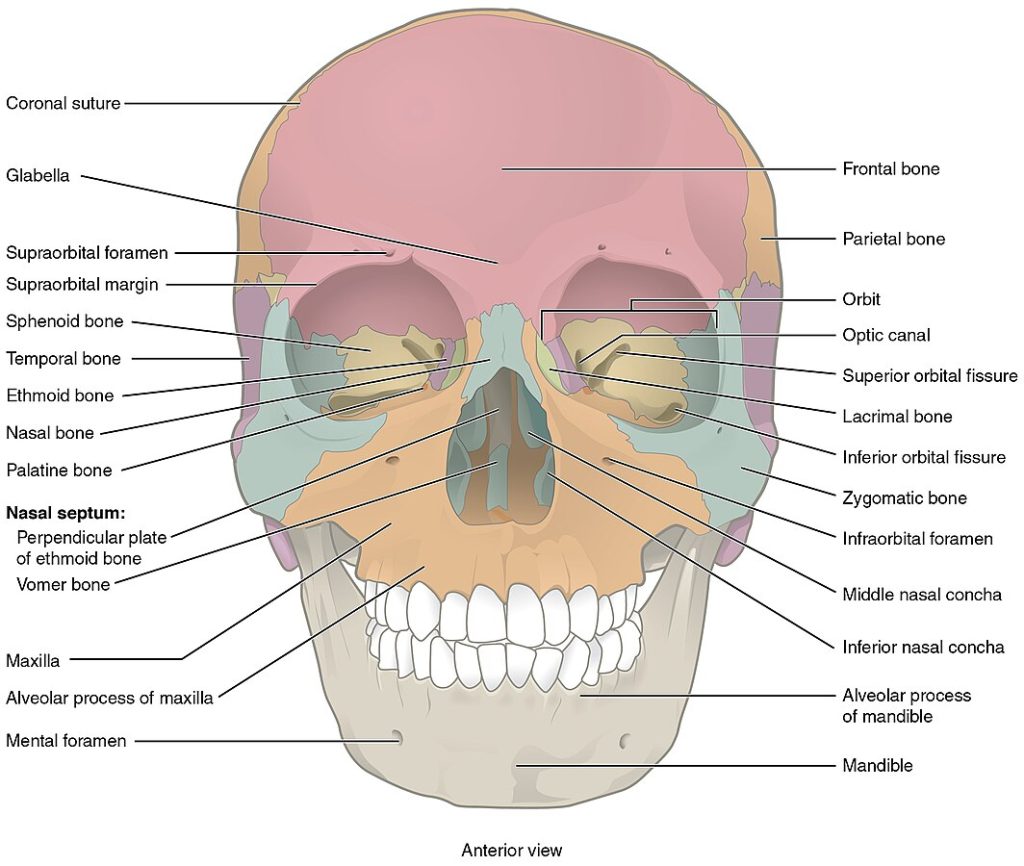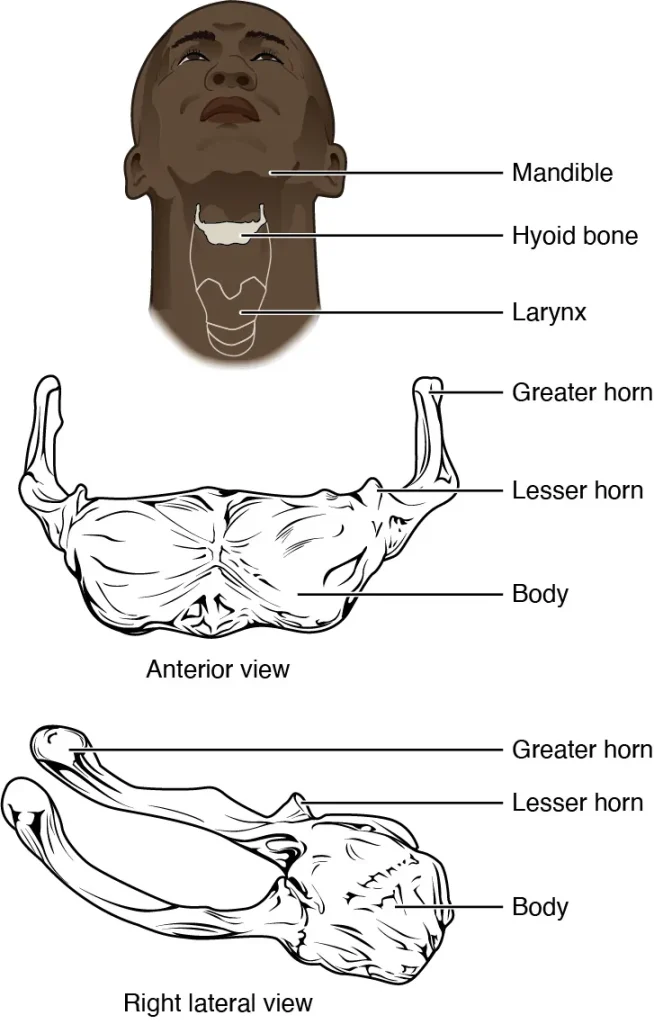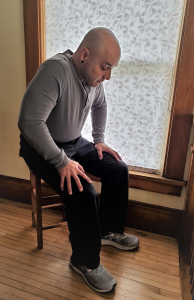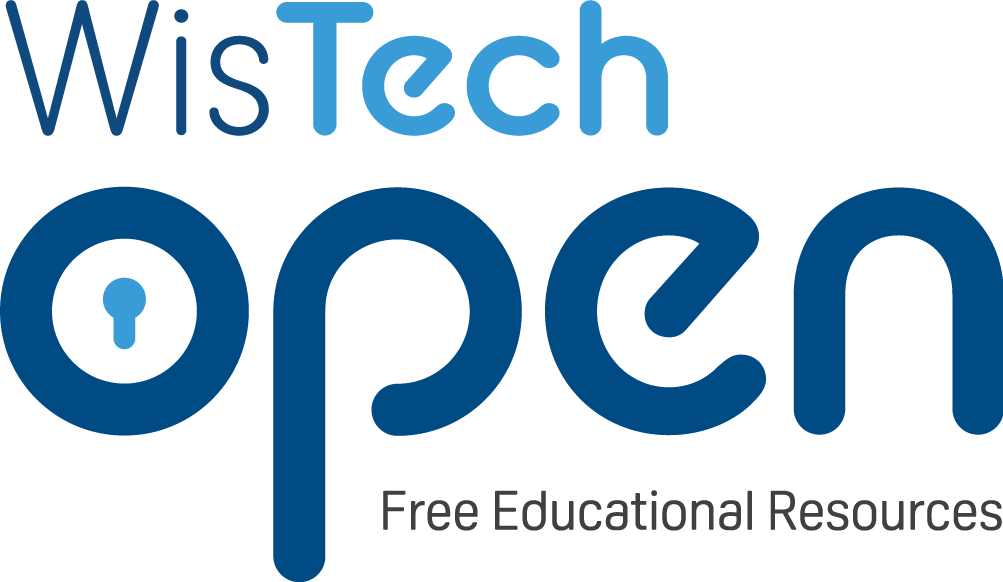Image & Video Attributions
The ideal option for images and videos, in your draft, will include source and creator information. Ideally the URL linking to the source content or some basic information about the creator of the content. From there, your librarian or editor will be able to check the ability for you to reuse the image and create attribution statements. This section will demonstrate some basics in what you might encounter as well as how the librarian and editor will adjust that information for your Pressbooks draft.
For Most Images:
Each image should follow the TASL guidelines of including Title, Author, Source, and include Links. This section will cover how images might look in drafts and considerations for images, depending on their source. Accessibility considerations will also be covered near the end.
Figure 1 shows an ideal example image that an author has copied into their Google draft (or Word). Note the highlighted section below showing that the author has included their preferred Figure number and caption, along with a link to where they found the image.

Figure 10.2. Bones of the Anterior Skull and Face (https://openstax.org/books/anatomy-and-physiology-2e/pages/7-2-the-skull)
This is ideal for the librarians and editors, as it allows them to easily double check re-use permissions and access a copy for later uploading into a Pressbooks draft.
For this real life example, which is used in several Open RN textbooks, the librarian then chose to see if OpenStax had included it in WikiMedia Commons. This choice was based on the knowledge that OpenStax has several textbook image archives on this website. This choice allowed for a cleaner attribution which is included below. Note that it includes a hyperlinked Title, the Author, and the hyperlinked License. The hyperlinked title links back to the Source, in this case a Wikimedia page. The author is not linked as there isn’t a hyperlinked author on the Wikimedia page. If the original book source had been used, then the URL for that image would also be shared, preceded by the words “Access for free at”. An example of this can be seen below Figure 2. If the author is linked at the source, take a moment to check what the link directs to. We have encountered some questionable content left by authors that have caused images to be changed in second editions.
The “by” and “is licensed under” are also standard for CC licensing.
“704_Skull-01.jpg” by OpenStax College is licensed under CC BY 3.0
Depending on the author’s preference, this might only be included in the metadata for the image, as a footnote next to the in-text callout for the Figure, or both. Open RN places does all three, while other textbooks chose to include attributions as an add-on in their chapter reference lists.
Other Image Situations:
The following is another OpenStax image from the same book, however it was remade and has yet to be updated in Wikimedia. For simplicity, it was attributed based on the information available at the link provided by the developing author:

Author provided caption preference and link: Figure 10.4. Hyoid (https://openstax.org/books/anatomy-and-physiology-2e/pages/7-2-the-skull)
From bottom of the original source’s page it states: “Access for free at https://openstax.org/books/anatomy-and-physiology-2e/pages/1-introduction“. While we may have found the image at a specific part in an original source, if that creator is stating a condition of reuse, we need to follow it. This is especially true in the case of Department of Defense images.
The following is then the attribution for this image. Note the title was not linked due to the presence of the URL. The author was also not linked for the same reason.
”aee59361e79d7fd9c4373ca4f9a12b3dc1eab2d8” by OpenStax is licensed under CC BY 4.0. Access for free at https://openstax.org/books/anatomy-and-physiology-2e/pages/1-introduction
Author/ editor created images:
The following image was created by the editing librarian. Note the inclusion of their institution (optional) and the CC license. This license can also be adjusted to CC BY-NC 4.0 to protect it from commercial use without permission.

“Tripod_position.png” by Nic Ashman, Chippewa Valley Technical College is licensed under CC BY 4.0
Note that this title isn’t linked. That is because it is author/editor created and wasn’t found online. Links to Google Drives are not suggested for image linkage, as folders can be moved, breaking the link. Future attributions could link back to our sources and could look like the following;
“Tripod_position.png” by Nic Ashman, Chippewa Valley Technical College is licensed under CC BY 4.0
As mentioned earlier, if the original author or creator is requesting a specific statement be included with the image, make sure it is included. Some examples include:
- Used (or reused) with permission.
- Links back to their preferred source matieral.
- The appearance of U.S. Department of Defense (DoD) visual information does not imply or constitute DoD endorsement.
- inclusion of any “all rights reserved” or TM, C, or other copyright marks.
Video attributions and Reuse
As with images, a direct url or link to the video is preferred. For WisTech Open (and previously Open RN), videos have been attributed in an APA format that spells out:
Author. (Year, Month, Day). Title of video [Format]. Platform. Licensing statment. URL. In practice this can look like the following examples:
Religion & Ethics NewsWeekly. (2016, September 16). Spiritual healthcare [Video]. YouTube. All rights reserved. https://youtu.be/97d1JMKTuk4
Forciea, B. (2017, May 10). Acid-base balance: Bicarbonate ion buffer [Video]. YouTube. All rights reserved. Video used with permission. https://youtu.be/5_S5wZks9v8
RegisteredNurseRN. (2015, May 6). ABGs made easy for nurses w/ tic tac toe method for arterial blood gas interpretation [Video]. YouTube. All rights reserved. Video used with permission. https://youtu.be/URCS4t9aM5o
A.D.A.M. (2024, March 31). Vasectomy [Video]. Medline Plus. All rights reserved. https://medlineplus.gov/ency/anatomyvideos/000139.htm
Videos should contain captions if there is narration or spoken language. Auto captions are not considered accessible, so you will want to connect with your librarian on options for including these.
All videos can be linked out to. There is a video player icon available in Pressbooks to provide a visual cue to students.
For accessibility, the link is made into a text intro and friendly link that includes the mention of the platform and the title of the video. The Forciea attribution show earlier would look like this in text:
View the following supplementary YouTube video to learn more: Acid Base Balance: Bicarbonate Ion Buffer
In the examples where there is a CC license in place or permission is granted, the video can be embedded, as shown with the RegisteredNurseRN video:
Please note that TED videos are fully copyrighted and can only be linked out to. Images from textbooks published by known publishers such as Elsevier, Cengage, and trade specific associations are also not readily available for free redistribution.
A word on Fair Use
Fair Use refers to a set of guidelines that allow for limited educational reuse of materials. Key to this is the word limited. Since online OER can quickly become regional and global in reach, Fair Use cannot apply to reuse of otherwise copyrighted or unclearly licensed images, text, or other content that you would like to reuse for your book. Additionally Fair Use cannot be applied universally or to anything that is sold commercially. If you really feel you need to include a particular resource to teach your content, consider linking out to it, re-create it, or another approach to fulfill the same competency. Talk to your librarian for guidance on your options.

